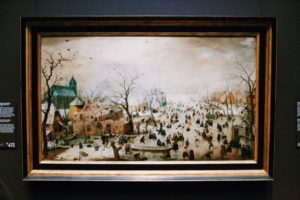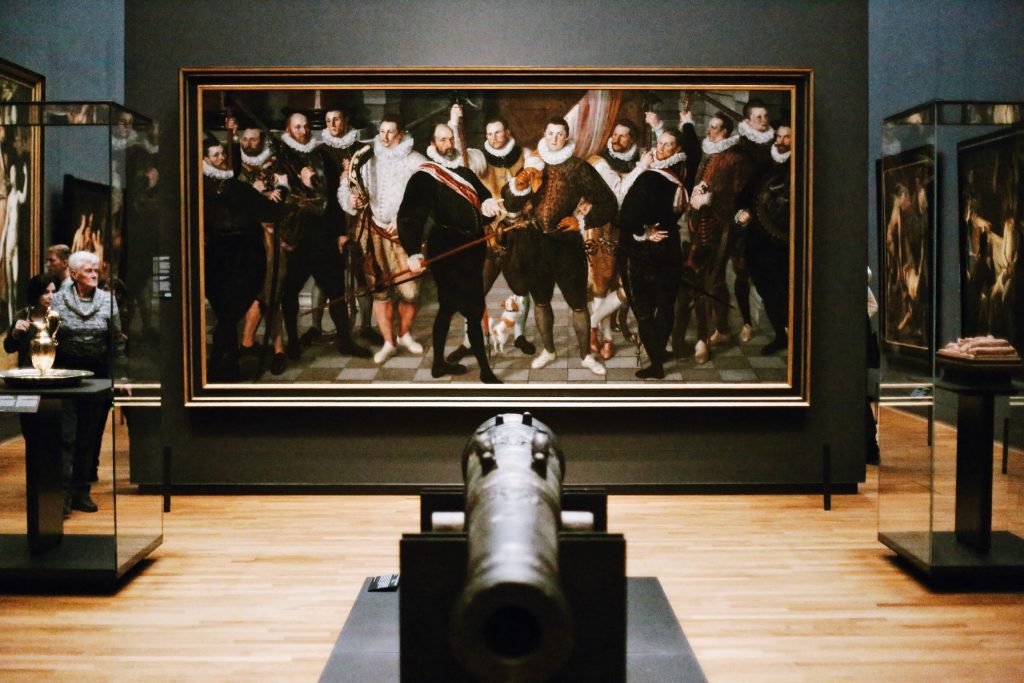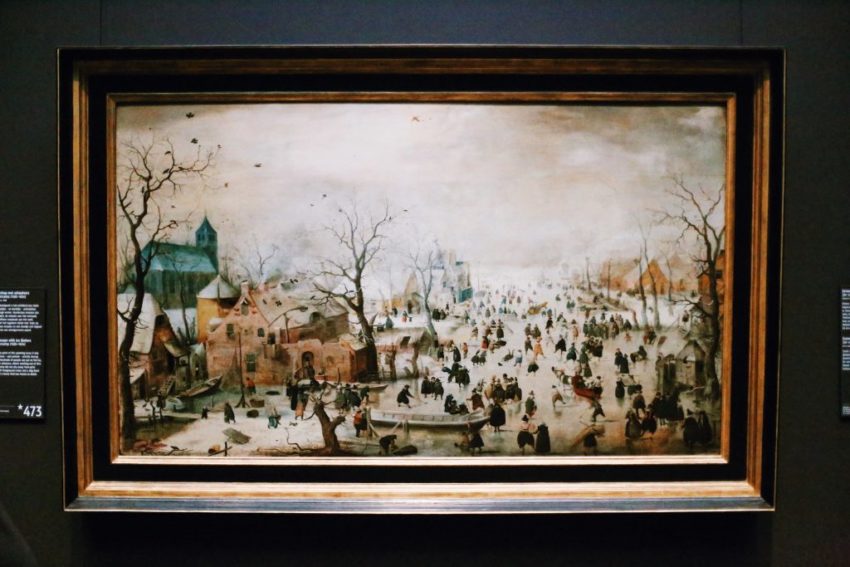
The Rijksmuseum is home to more than a million artworks, and has the capacity to display more than 8,000 pieces of art at any time. The collection here contains some of the most revered works of all time including those of Vermeer, Van Gogh, and Rembrandt. There are also works by lesser-known artists, which possess almost the same quality and attractiveness. Below is a discussion of some of the best artworks at this museum which you should check out as part of your Rijksmuseum Highlights Tour.
‘The Milkmaid’ — Johannes Vermeer, 1660
Johannes Vermeer had a special inclination towards painting scenes depicting domestic life. Several of his works capture the seemingly mundane moments from the society prevalent at the time (around 1660). They also show the social divisions which existed then. The milkmaid shows a well-built female servant preparing something in the kitchen. In the picture, she pours out milk into a bowl carrying stale bread, in that she is clearly preparing a pudding. This painting is among his classic works, where he employs a deep palate that brings out the beauty of the surroundings of the subject.
‘The Night Watch’ — Rembrandt Van Rijn, 1642
‘The Night Watch’ is the most highly rated artwork made in 1642, and holds immense value in the world of art. The picture displays militia analyzing their weapons before they commence their nocturnal patrol. This painting was commissioned by the Amsterdam civic guard. In it, Rembrandt masterfully applies the then-new style of tenebrism, drawing attention to the guard with intricately portrayed lights and shadows. The picture is huge, and takes up an entire room inside the museum. It is also one of the most frequently visited and admired works to date.
‘Diorama Of A Slave Dance’ — Gerrit Schouten, 1830
Gerrit Schouten was a Surinamese artist who portrayed colonial life through his works. He was a self-taught artist whose works were filled with communities and individuals as miniature models within a three-dimensional landscape. In this picture, slave workers are seen dancing to music. The conditions persistent in plantations back then are depicted in vivid detail in this artwork.
‘Self-Portrait’ — Vincent Van Gogh, 1887
Van Gogh was influenced by the French ways and Impressionism during his years in the French Capital. He lived in Paris for many years, learning the technique from earlier masters. This self-portrait is a testament to his time in Paris. He uses rhythmic brushstrokes to paint just himself, as he could not afford a model at the time.

